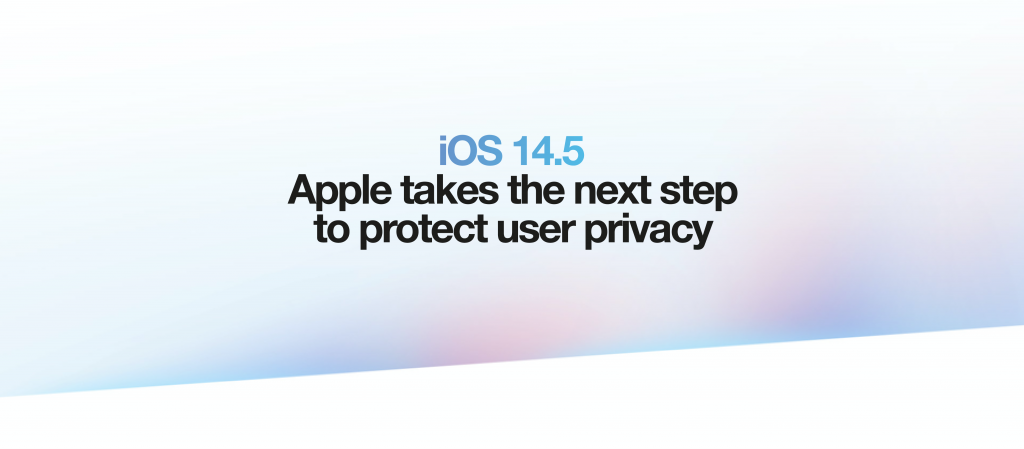This week, Apple announced its latest update; iOS 14.5, which will require all apps to request the user’s permission in order to track them. It strengthens its position on user privacy and as a technology business looking to lead the way for protecting users’ data.
The update has been expected for a while, following the latest changes by tech giants and sweeping legislation from regulators around the world. So the media industry should be well prepared to embrace the next step in the privacy-first era for advertising.
At Teads, our proprietary technology solutions are market leading in understanding the way that people consume and engage with premium editorial content. We have taken a privacy-first approach in using this unique knowledge to deliver non-intrusive personalization capabilities to our clients for a number of years.
We will continue following the same strategy of smartly combining the most relevant cookieless initiatives and delivering media effectiveness for brands with a privacy-first approach.
UNDERSTANDING THE IOS 14.5 UPDATE
Apple has implemented another important piece to the puzzle to protect user privacy. In 2016 they introduced an important change for the web environment by removing 3rd party cookies from its Safari browser. This became the first version of ITP (Intelligent Tracking Prevention).
With the new iOS 14.5 update, Apple has implemented a similar change, but for inApp environments where users’ explicit opt-in will be required to use the IDFA. Users not opting-in are not identifiable and trackable, and considered as being new anonymous users.

What is the difference between a cookie and an identifier for advertisers?
IDFA (Identifier for Advertisers) is a random device identifier that Apple assigns to a user’s device. The IDFA is presently used today to track and identify users within App environments similar to the way a cookie is used in web environments.
What will be impacted the most?
The impacts of the updates will be similar to the deprecation of cookies in the web environment, i.e. inApp audience targeting scale will decrease when relying on standard tactics (e.g: 3rd-party data). This will make strategies like inApp precision-based marketing more challenging to accomplish.
The management of frequency capping, reporting, measurement and monitoring of inApp traffic will also need to be approached differently when not receiving an opt-in from the users.
What does this mean for programmatic buying?
Heavy OX based strategies will be severely challenged for both buyers and sellers. By limiting 1-1 precision marketing capabilities within the inApp environment, the value of long-tail apps where the opt-in rate is likely to be lower will be reduced. Quality contexts and content should see higher demand.
How does this impact advertiser 1st-party data?
Advertisers relying on 1st-party data collection from app activities will need to closely monitor their opt-in rate to minimize the drop of scale. The collected data can be used to feed lookalike algorithms or decision-making tools.
How does this affect inApp publishers?
The monetization of inApp traffic where users’ didn’t opt-in will be negatively impacted as the related level of demand will decrease.
Is it possible to target users who don’t opt-in?
To target effectively, advertisers will need to use a combination of contextual, predictive audiences, browser APIs (including the Chrome Privacy Sandbox) and unique IDs. Over-reliance on one approach is not healthy. Crucially, brands need to be thinking long-term about their data approach as privacy regulation and platform changes will only increase over time. Advertisers that embrace privacy-first strategies will be better prepared and see greater success as these develop.
 How does Teads see the Deprecation of IDFAs?
How does Teads see the Deprecation of IDFAs?
Teads welcome this change as we see the deprecation of IDFAs as part of a larger, more holistic, landscape encompassing responsible use of data to minimise intrusion and a commitment to user privacy.
InApp represents less than 10% of Teads inventory and we simply see this latest release from Apple as the continuity of our cookieless strategy and transformation.
How is Teads uniquely placed to help advertisers with these changes?
- Our direct technical integration with premium editorial publishers gives us an edge compared to buy-side platforms both for direct technical access to the inApp content and behaviours as well as for a deep understanding around content consumption.
- Our historical data analysis and predictive models around content consumption allow precise audience profiling without identity resolution mechanisms.
- We have a consistent and successful track history, over several years, of building, measuring and optimizing various targeting cookieless approaches.
What targeting solutions can Teads leverage when users choose not to opt-in?
Driving the above ambition of responsible digital advertising is the precise ambition of Teads’ cookieless suite, which is based on three main objectives and pillars:
- Teads’ predictive audiences which drive a similar accuracy and effectiveness for audience targeting without the need for identity resolution.
- Using contextual targeting to deliver high campaign effectiveness
- Planning, Insights and Measurement tools to make anonymous traffic actionable at scale
What added value does the Teads contextual targeting solutions provide?
Teads operates a contextual taxonomy of over 500 contextual segments relying on the semantic analysis of premium editorial content. Our inRead ad units appear in the heart of the content which maximizes the benefit of a strong contextual alignment.
We have confirmed, across multiple tests, significant media effectiveness improvements versus broad targeting and seen strong uplifts in brand metrics such as Ad recall, Brand Affinity and Purchase Intent.
When will these new solutions be available?
The audience and contextual targeting solutions we described are available now. They can be used across all buying channels (MS, PRG DID and directly in our self-serve interface TAM), as well as TFP, our suite for publisher direct sales.
How is Teads supporting publishers in their cookieless transformation?
We help publishers monetize their non-opt-in inApp inventory with our Teads demand. We also provide access to our latest targeting solutions for their direct sold campaigns within our Teads For Publishers suite.
How can I accelerate my cookieless transformation?
Get in touch to participate in:
- Teads cookieless bootcamp for education
- Teads cookieless readiness program – our test & learn activation program
- Self-serve cookieless media buying using Teads Ad Manager
Remi Cackel, Chief Data Officer, Teads







